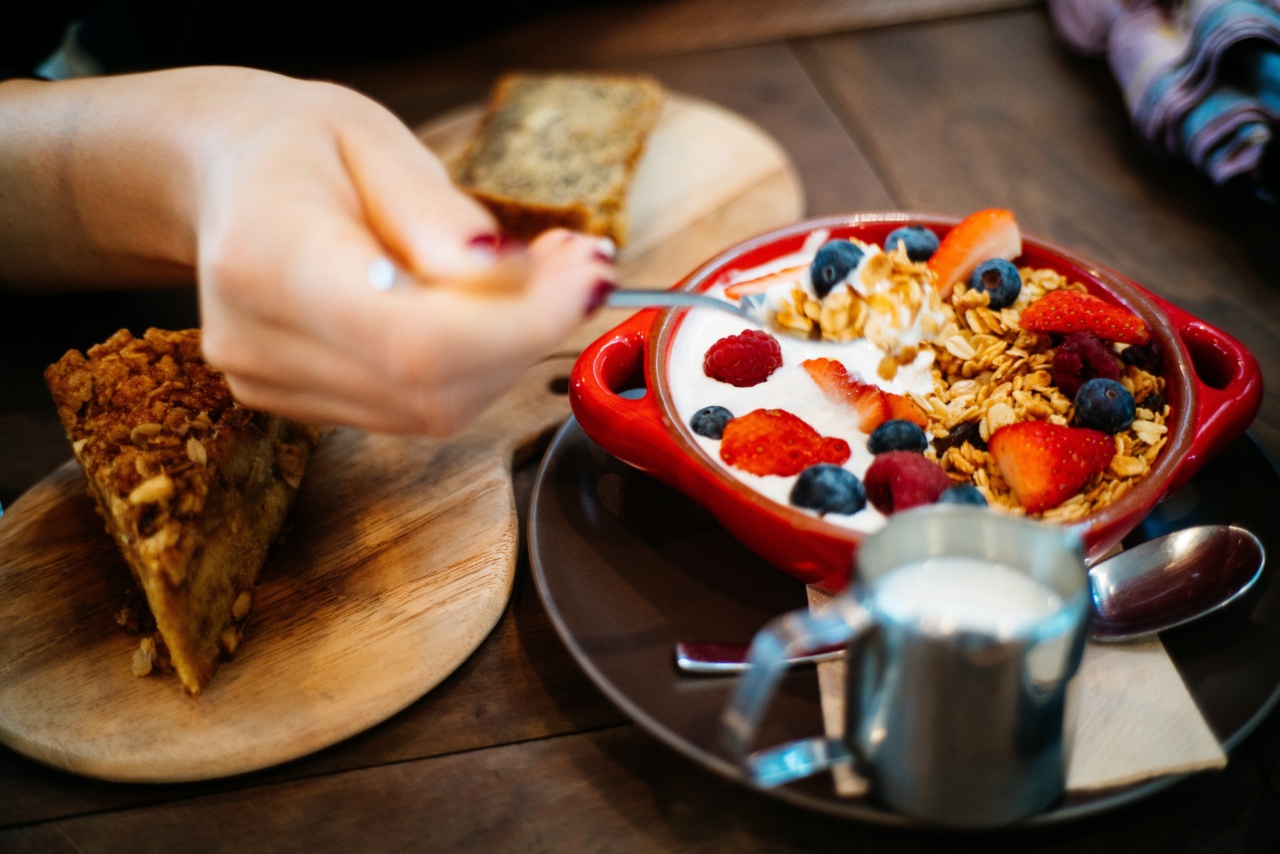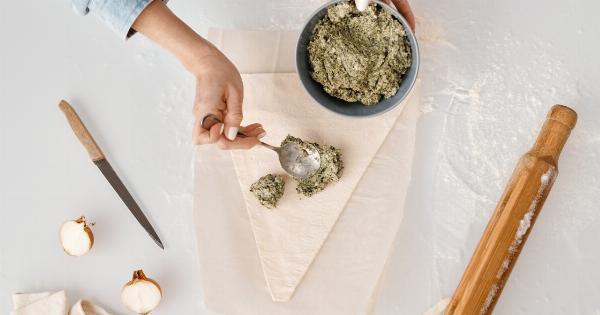Bread is a staple food worldwide and is consumed by people all over the globe. Mold is a type of fungus that grows on bread and other food items, and it can make the bread look unsightly and unappetizing.
But is it safe to eat bread that has started to mold? Here is a detailed explanation:.
What is Mold?
Mold is a type of fungus that grows on different surfaces, including food items like bread. It is visible on the surface of the bread, and you can easily identify it.
Mold is a harmful organism that can cause various health complications and food poisoning. It grows in warm and humid environments and can rapidly multiply, leading to a large buildup on the bread’s surface.
What Causes Bread to Mold?
Several factors can cause bread to mold, including:.
- High humidity
- Warm temperature
- Poor storage conditions
- Contact with contaminated surfaces and utensils
- Presence of moisture on the bread’s surface
Is it Safe to Eat Moldy Bread?
The answer to this question is no. Moldy bread is not safe to eat as it can cause various health complications. Mold contains mycotoxins, which are harmful to the body and can lead to food poisoning.
Mycotoxins are toxic compounds produced by mold and can cause allergic reactions, respiratory problems, and gastrointestinal issues.
Consuming moldy bread can lead to the following health complications:.
- Headaches
- Dizziness
- Nausea and vomiting
- Abdominal pain
- Diarrhea
- Respiratory problems
- Allergic reactions
What to Do If You Accidentally Eat Moldy Bread?
If you mistakenly eat moldy bread, you need to keep an eye out for the following symptoms:.
- Headaches
- Dizziness
- Nausea and vomiting
- Abdominal pain
- Diarrhea
- Respiratory problems
- Allergic reactions
If you experience any of the above symptoms, seek medical attention immediately. You may need to undergo tests to determine the extent of the damage and receive appropriate treatment. Do not ignore any symptoms and seek help as soon as possible.
How to Store Bread to Prevent Mold Growth?
You can prevent mold growth on bread by storing it correctly. Here are some tips:.
- Store bread in a cool, dry place
- Avoid storing bread in humid areas like the fridge as it can cause moisture buildup
- Wrap bread in plastic or airtight containers to prevent exposure to the air
- Clean utensils and surfaces before using them to prepare and serve bread
- Avoid using damp cloth to cover bread when storing as it can cause moisture
- Consume bread before the expiration date
- Avoid keeping bread out for extended periods
Conclusion
Moldy bread is not safe to eat and can cause various health complications. It contains mycotoxins, which are toxic and can lead to food poisoning.
You can prevent mold growth on bread by storing it in a cool, dry place, keeping utensils and surfaces clean, and consuming it before the expiration date. Always ensure that you discard moldy bread to avoid any potential health risks.






























